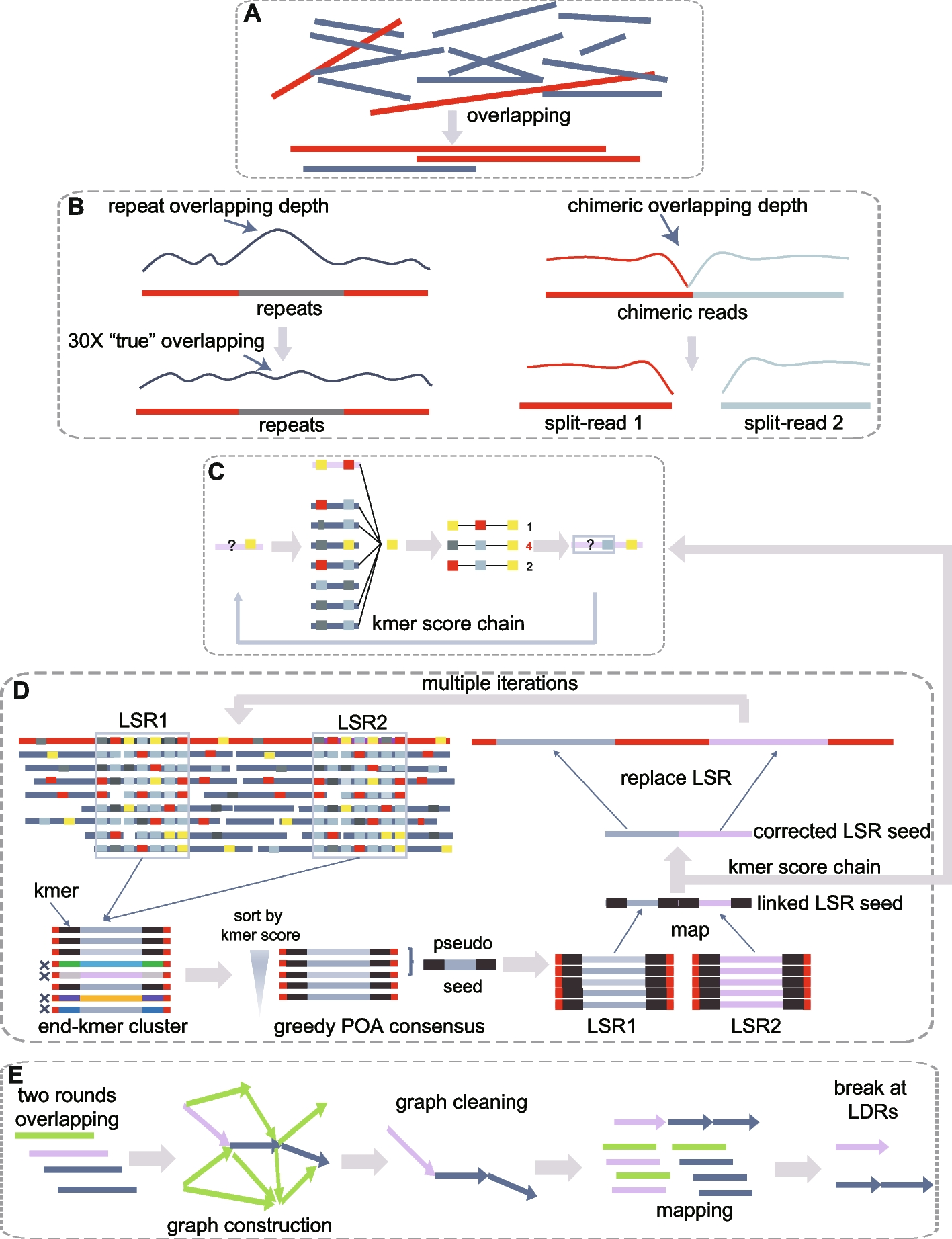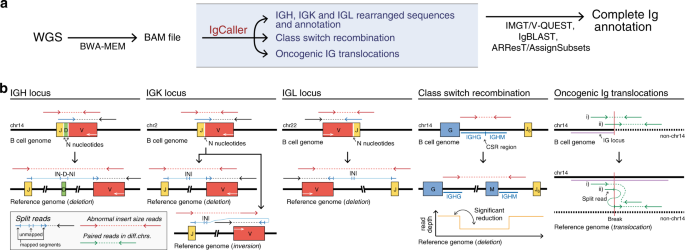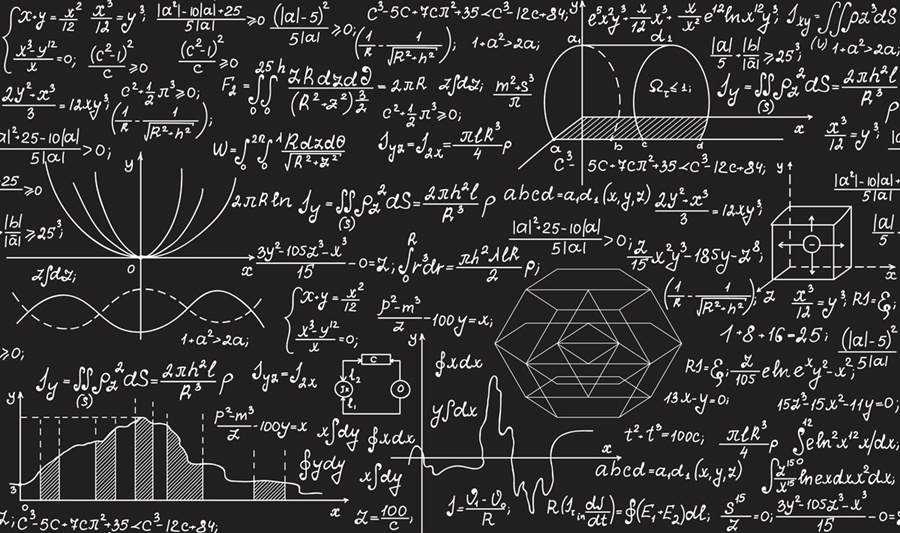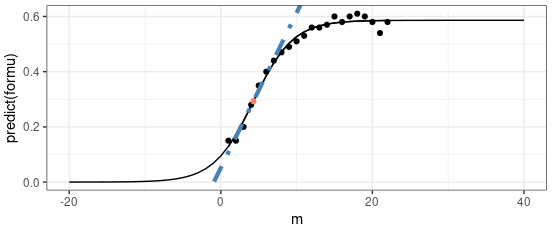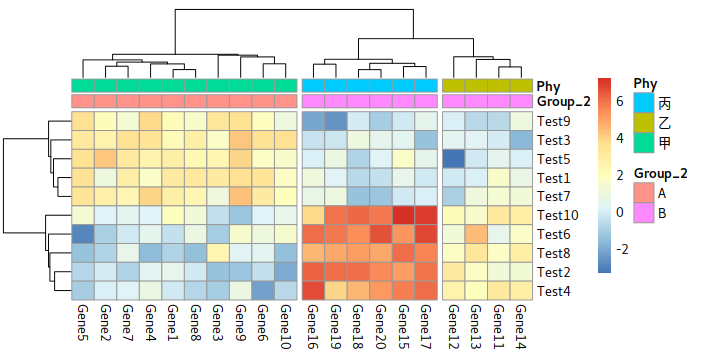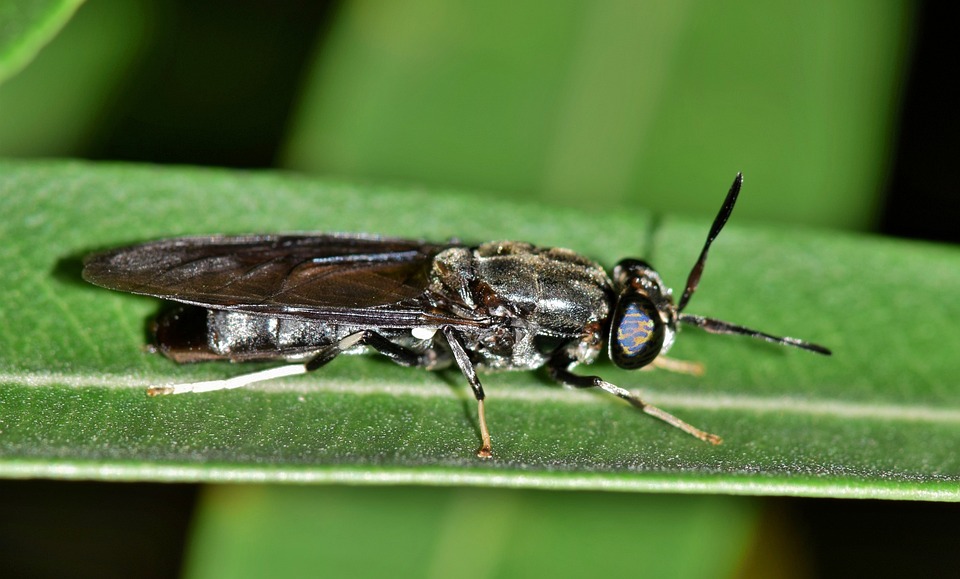Understanding the Taylor Series and Its Applications in Machine Learning
The Taylor Series is a mathematical tool that approximates complex functions with polynomials, playing a crucial role in machine learning optimization. It enhances gradient descent by incorporating second-order information, leading to faster and more stable convergence. Additionally, it aids in linearizing non-linear models and informs regularization techniques. This post explores the significance of the Taylor Series in improving model training efficiency and understanding model behavior. $$\cos(x) = \sum_{n=0}^{\infty} \frac{(-1)^n}{(2n)!} x^{2n}$$
Read more



